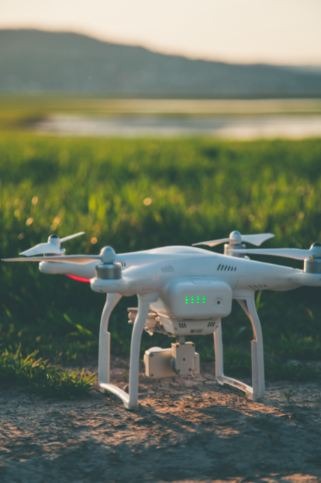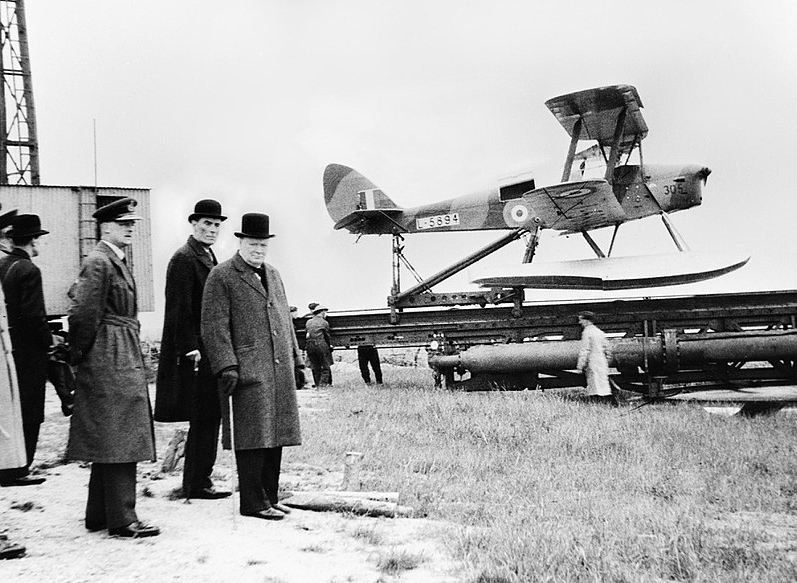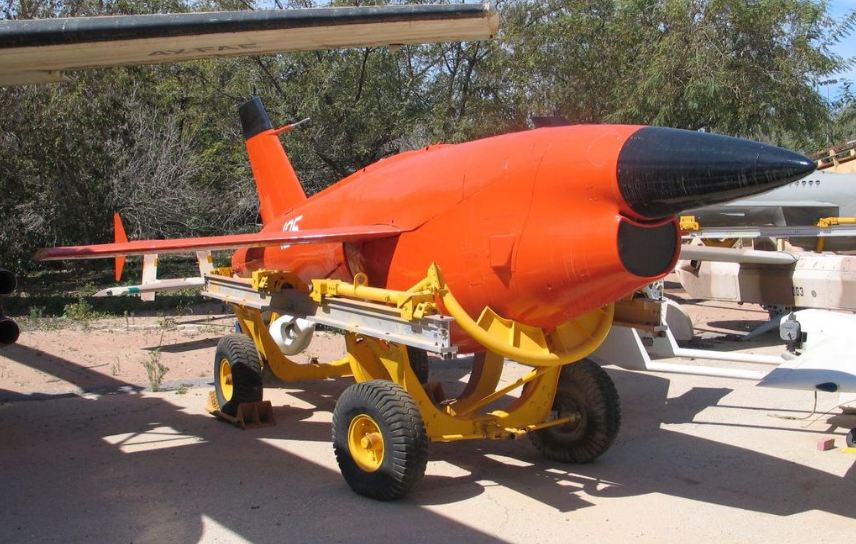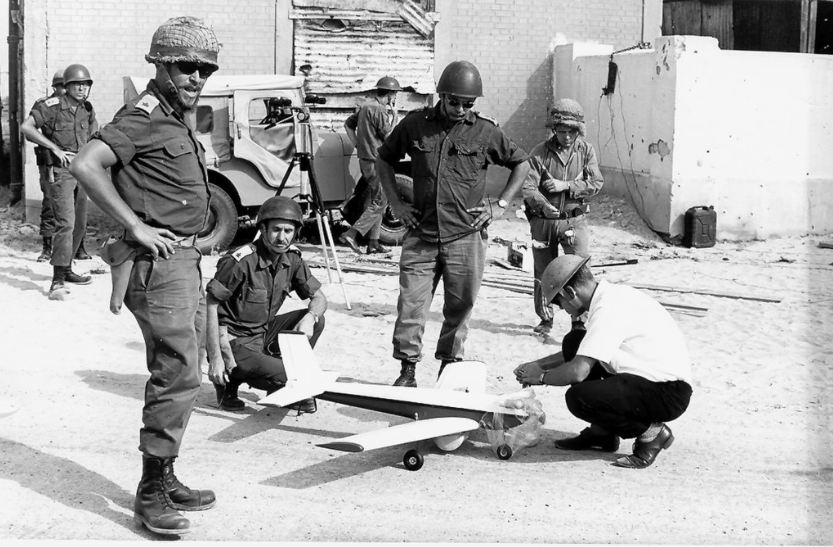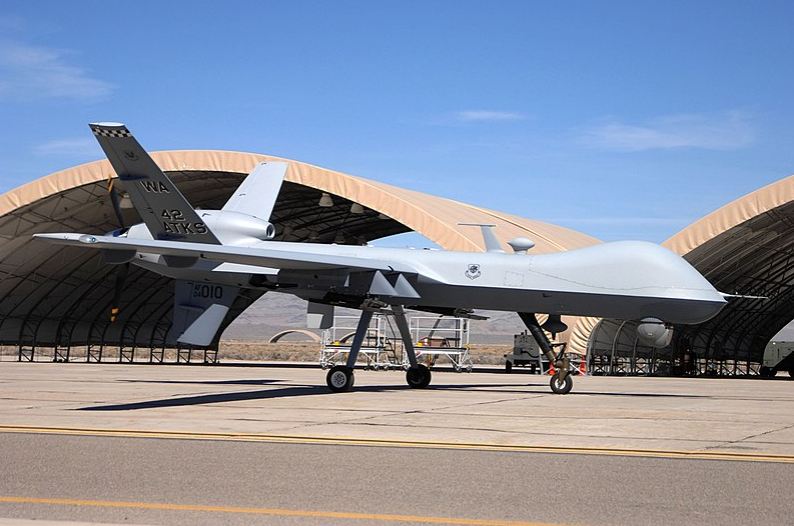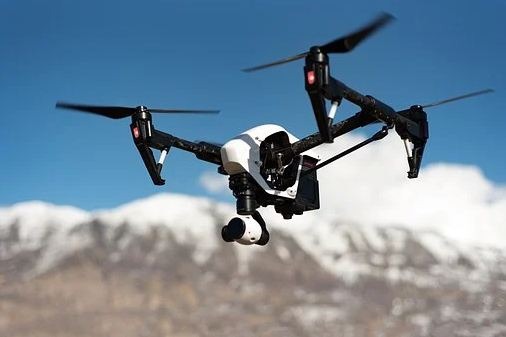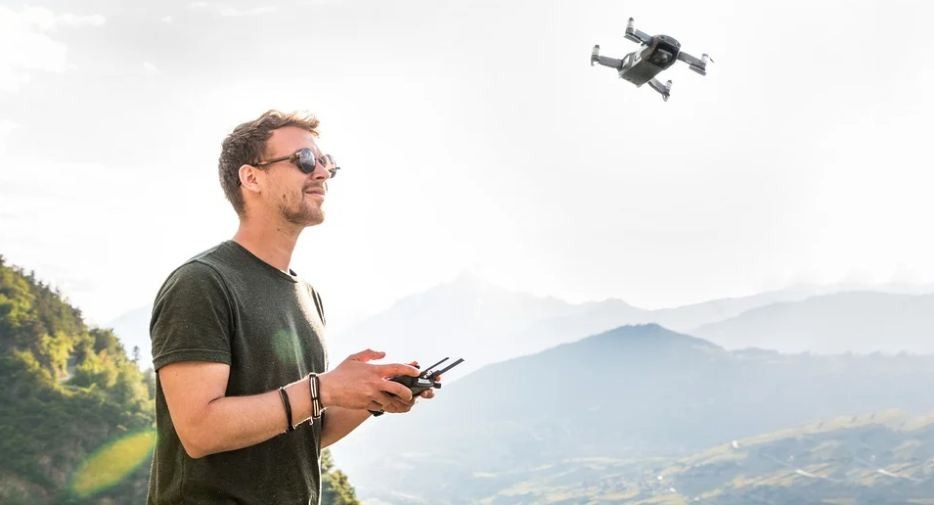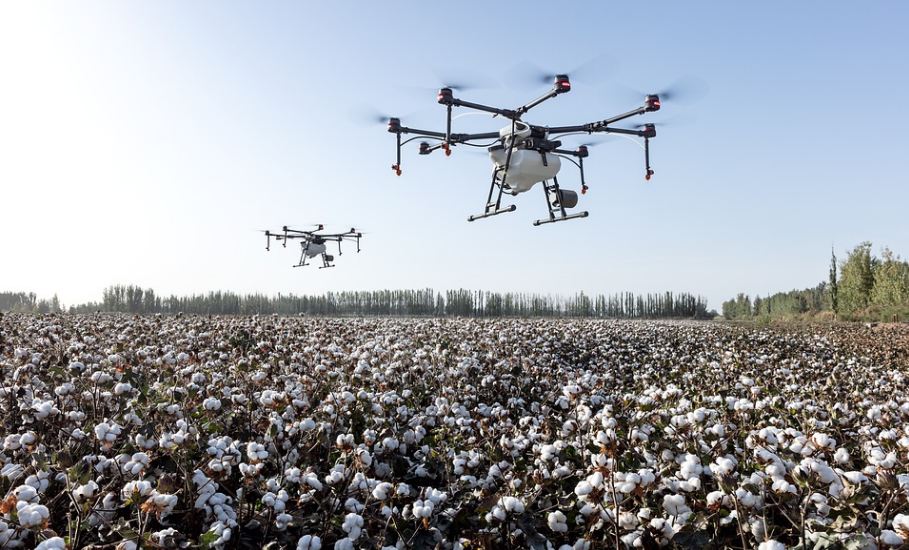In modern usage, the word drone refers to Unmanned Aerial Vehicles (UAVs). In other words, aircraft that do not require a pilot on board to operate. For other purposes, the technologies in the drone sector have evolved into two categories; drones that require a human operator and autonomous drones that do not. Since their first use in the mid-19th century, drones have been used for environmental, security, and photography applications.
Drone technology evolved from the wars. Military units around the world were the first to recognize the benefits of drones. They began working on developing the drone industry that could bring the new war strategies. Drones were strictly used for military purposes when they first emerged on the market.
History of Drones
The first recorded use of an unmanned aerial vehicle for warfare took place in July 1849. It served as the first offensive aircraft carrier by using air power in naval aviation. Austrian forces besieging Venice attempted to float some 200 incendiary balloons, each with a 24-to-30-pound bomb. It was dropped with a time rocket over the besieged city. The balloons were launched from the ground.
The Austrian used smaller balloons with pilots to determine the correct configuration of the fuses. Out of all the bombs, only one fell in the city. The course of the bombs was changed due to the wind. Hence, the balloons missed their mark and some drifted over the Volcano launcher and Austrian lines.
Since the mid-19th century, militaries around the world have been using drone technology to:
- Training Target
- Hostage Negotiations
- Coaching
- Airstrikes
- Surveillance
- Bomb Detection
World War I
In 1915, Nikola Tesla wrote about unmanned aerial combat vehicles. In 1916, the first attempt drone as an aerial target by A.M. Low. It was not until the period of World War I that Dayton-Wright Aircraft Company invented the first unmanned torpedo. After World War I, companies started working on advanced technologies of the drone. As a result, Kettering Bug and Hewitt-Sperry automatic aircraft were unmanned aerial torpedoes.
Most of the effort during this era was led by the military until 1935. It was the time when Reginald Denny became the first civilian to develop an unmanned vehicle.
World War II
During World War II, German and Allied forced used drones to train aircraft machine gunners and participate in missions. After World War II ended, drone developers began using jet engines in the drones.
As a result, the first drone with jet engine technology was named Australian GAF Jindivik. It was built by Beechcraft for the US Navy. However, after World War II, drone technology innovations were stagnated till the Vietnam War.
Vietnam War
In the early years of the Vietnam War, the US Air Force began using drones started using drones to reduce pilot fatalities in hostile territory. In 1960, the Soviet Union shot down an American spy plane. After that, the investment in drone technology continued working on the innovation of drones.
By the late 1960s, the United States Government used drone technology during the Vietnam war and invested in innovation. Also, they were used to aid naval missions. Although most of these missions were classified.
From the 1970s to the 1990s
In the early 1970s, Israel began using the drones in Yom Kippur War as decoys. It was around the time when the United States officially confirmed that drones were used by them in Vietnam. In 1982, according to the Armed Forces Journal International, the United States reported carrying out more than 3,435 drone missions during the war for surveillance and decoy applications.
In the 1980s and 1990s, the United States military began investing heavily in drone technology. The US Department of Defense awarded Israel-based Malat and AAI Corp in the 1990s with the development of more advanced drone technology. It was a result when the cost-effective drones were manufactured for military purposes.
Predator
In the mid-1990s, the United States Government initiated the Predator program. As a result, MQ-1 Predator was developed with having hellfire anti-tank missile on its wings. In 2007, MQ-9 was the result of development in predator technology. Reaper and predator drones are what most people imagine today.
Commercial Drones
Over the past 150 years, the military has been working on the research and development of drones. In 2006, the first commercial drone was in use after Federal Aviation Administration issued the license of commercial drones. The government agencies started working and testing on the drone technologies for vast applications such as border surveillance and disaster relief. On the other hand, commercial companies started using drones for crop assessment, pipelines inspection, and other security purposes.
Apart from all the major regulatory and technological advancements, there was still another decade to introduce drones in every commercial segment.
Hobby Drones
In 2013, Amazon announced that they will be using drones for deliveries in the nearest places. It was the first time when the public noticed the use of drones for commercial purposes. In the past few decades, the commercial drone space has gone through regulation problems. The recreational and personal drone industries have grown under less scrutiny. The recreational drones used by individuals for non-commercial purposes are for fun or making videos such as vlogs.
In 2015, the first legal delivery of medical supplies took place in the United States. In 2018, companies such as China, United States, and Japan started investing in drone technology for photography, taxi services, indoor applications, etc. Later on, drones were used in industrial and agricultural sites. They were used for inspections and to manage the crops.
Modern Drone Technology
Since 2014, the use of commercial drones has rapidly increased. They find their application in several fields such as photography, surveillance, agriculture, industrial, law enforcement, shipping, etc. The modern technology of drones has developed autonomous drones that use artificial intelligence. They are also known as unmanned aerial vehicles.
Autonomous drones are real-time drones and they perform actions according to the situation by using their artificial intelligence. Ground Control Stations (GCS) operate and control the drones for payload, readouts, fight, decision-making, mission planning, etc. using the satellites and sensors.
There are three types of drones:
- Single Rotor Helicopters
- Multi-Rotor Drones
- Fixed Wing Drones
Drones – From Warfare to Commercial Use
From the beginning, drones were made for warfare purposes. They were used by the military for surveillance and attacking during World War I, World War II, Vietnam War, and many more. The research and development of drones were strictly under the military and the US government. In the early 2000s, non-military drones were introduced but still, there were some strict regulations on the usage of drones for commercial purposes.
In 2015, the first commercial use of the drone was to deliver medical supplies. Later on, drones for off-the-grid purposes were used such as photography, filming, agriculture, surveillance, search, and rescue, industrial, etc. Now, almost everyone is having a drone in their home. It is not for military purposes, but for recreational or as a hobby. With the advancement in drone technology, commercial industries are using autonomous drones with artificial intelligence to reduce the cost of the workforce. Also, autonomous drones are efficient than the workforce.
